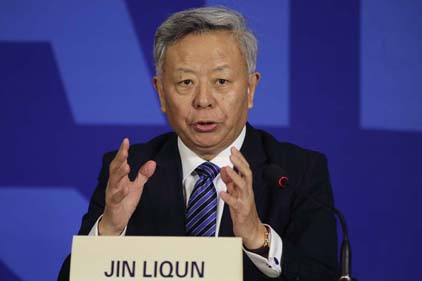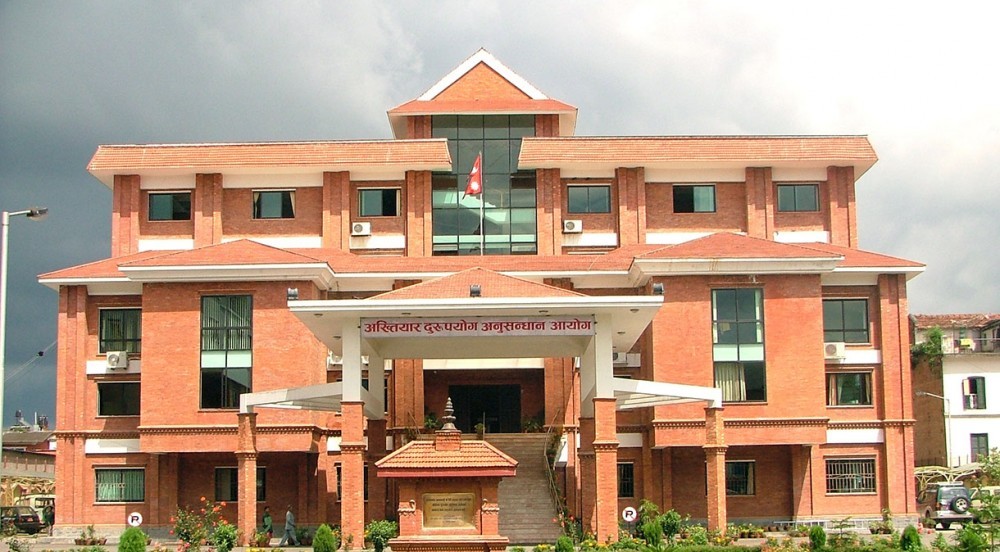
Beijing January 17- The head of the newly opened Asia Infrastructure Investment Bank (AIIB) said the China-led group is aiming to approve its first loans before the end of the year, part of Beijing’s efforts to weave together regional trade partners and solidify its global status.
The AIIB officially opened at a ceremony on Saturday in Beijing, formalizing the emergence of a competitor to the Washington-led World Bank and strengthening China’s influence over global development and finance.
AIIB’s inaugural president, the Chinese banker Jin Liqun, said Sunday that Asia still faces “severe connectivity gaps and significant infrastructure bottlenecks.”
The bank would welcome the United States and Japan, two economic powers that have declined invitations to join the organization, said Jin, who was previously a high-ranking official at both the World Bank and Japan-led Asian Development Bank (ADB).
Washington has said it welcomes the additional financing for development but had expressed concern looser lending standards might undercut efforts by existing institutions to promote environmental and other safeguards. Chinese officials have said the bank will complement existing institutions and promised to adhere to international lending standards.
Chinese President Xi Jinping has outlined a broad plan called “One Belt One Road” to deepen trade relations with neighboring countries and open new markets, with the AIIB a key component of that strategy. Leaders in the world’s No. 2 economy have long felt they don’t have proportional influence inside international financial institutions dominated by Western powers.
China pledged to put up most of the bank’s $50 billion in capital and says the total will eventually be as high as $100 billion.
Xi on Saturday unveiled an additional $50 million fund for infrastructure projects in less-developed countries.
















